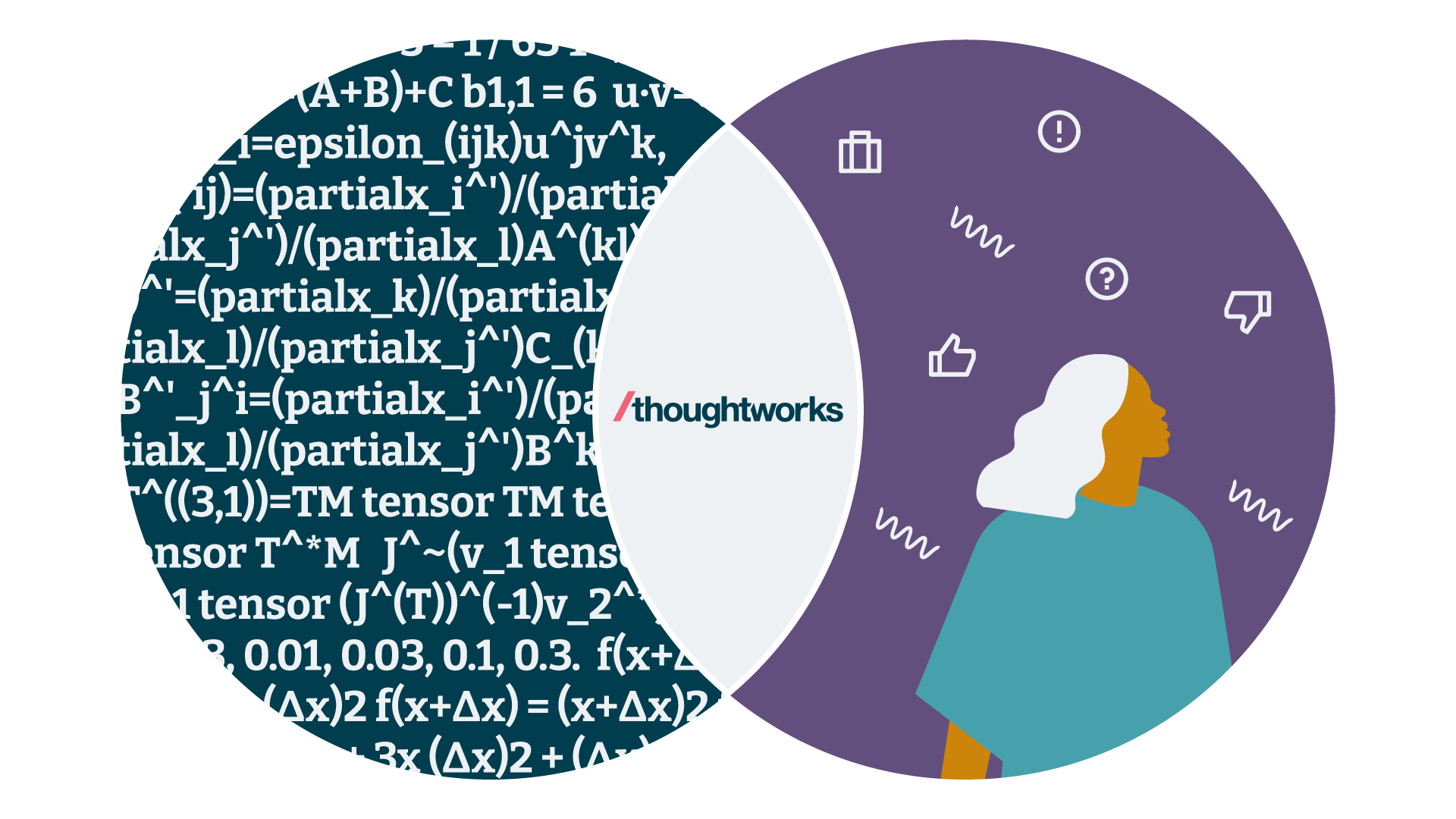"Generative AI: Headwind or tailwind?" This question encapsulates the essence of every discussion I've had with customers and prospects since March. Regardless of the industry or the initial purpose of our dialogue, all roads lead to generative AI, almost foreshadowing we’re close to every product and business, digital or physical, being influenced by it.
Generative AI reminds me of the nascent stages of mobile technology, particularly during the "there’s an app for that" days. It's topping everyone's wish list, with influences converging from various directions: customers, staff members and corporate boards, all applying pressure to harness its potential in their respective markets.
On the bright side, there's a unified objective: to make progress. The challenge, however, is that, like most early-stage technologies, the path forward with generative AI isn't as straightforward — there's a lot of ambiguity about what to do, how to do it or even where to start.
The potential of generative AI surpasses mere cost-effectiveness and efficiency. It can fuel the generation of new ideas, fine-tune designs and facilitate the launch of new products. It could serve as your catalyst for innovation if you're bold enough to step into this new frontier.
But where do you step first? Our approach is first to identify a problem or "missing." In the simplest explanation possible, envision a Venn diagram where one circle represents the new tech wave (generative AI) and the other represents your customer, their challenges, opportunities, tasks, pains and gains. The goal is pinpointing where this technology overlaps and can add value to your people, products and processes.


So, what does that look like?
Utilizing Gen AI to enhance customer experience for a leading PC manufacturer
A global leader in personal computing looking to maintain its position turned to Thoughtworks to craft a compelling product concept and business case that utilized generative AI to enhance their customer experience.
Presently underway, our team is on track to deliver a collection of prioritized generative AI-derived product concepts and assets within a few weeks, including a robust market positioning strategy, a concrete value proposition model, engaging low-fidelity visuals, compelling narratives, an appealing business case and much more.
Irrespective of the sector, generative AI poses a unique set of opportunities and challenges. The key to capitalizing on these is your approach. We supported them by creating a firm foundation and strategy aligned with their needs and objectives. After all, as Peter Drucker said, “The best way to predict the future is to create it.”
Going past the surface
Over the past several weeks, we have hosted a consortium of executives from North America's most influential commercial entities for an immersive masterclass on generative AI, providing insights for incorporating it into their operational framework.
Our guests included top executives from large banks, credit card companies, telecommunications giants, global automotive manufacturers, national grocers, international retailers, luxury athletic wear makers, personal audio and consumer electronic manufacturers and more. Despite representing various industries and business models, the sessions had a common thread: How do we look past the superficial and explore what’s feasible, viable, desirable and possible?
The potential applications are boundless, limited only by experience and imagination. Banks, for instance, are considering using AI for bespoke financial services and bolstering internal security. Telecommunication companies envision AI improving customer service and optimizing network performance. The automotive industry imagines AI serving as a virtual assistant, providing information to drivers and scheduling maintenance. Retail foresees AI as a personal shopping aid and an internal logistics solution. Athletic wear brands picture AI as a custom designer and trend analyst, while credit card companies see AI as financial advisors and security solutions.
And do you know what all of these applications have in common? They’re all possible - with the right approach.
Charting your approach
Generative AI can serve as a force propelling organizations towards growth, or it can pose considerable challenges. The deciding element? Your strategic approach.
Companies that hurriedly try to shoehorn generative AI into their existing or upcoming products merely to issue a press release stating “New Product X…powered by Generative AI” may be shocked when their products fail to succeed.
On the flip side, organizations opting for a “wait-and-see” approach, seeking definite signs before action, may find themselves battling against the current. Progress might be strenuous for such firms, having overlooked the prime window to capitalize on AI's advantages.
However, the companies that willingly participate in this shift, equipped with a strategy that begins with your customer (internal or external), will emerge as winners in the unfolding AI revolution.
Success in generative AI lies at the intersection of need and technology — you just need the right approach to get there.
Disclaimer: The statements and opinions expressed in this article are those of the author(s) and do not necessarily reflect the positions of Thoughtworks.















